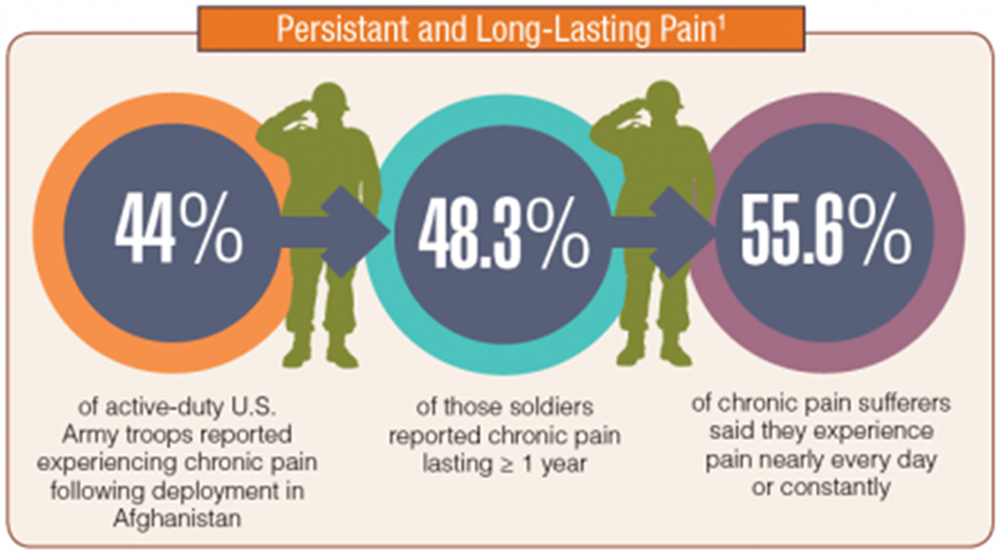Workers’ Compensation, Return to Work, and Lumbar Fusion for Spondylolisthesis
SOURCE: Orthopedics. 2016 (Jan); 39 (1): e1-8
Joshua T. Anderson, BS; Arnold R. Haas, BS, BA;
Rick Percy, PhD; Stephen T. Woods, MD;
Uri M. Ahn, MD; Nicholas U. Ahn, MD
Department of Orthopaedics (JTA, NUA),
University Hospitals Case Medical Center, Cleveland,
Case Western Reserve University School of Medicine (JTA),
Cleveland, and the Ohio Bureau of Workers’ Compensation (ARH, RP, STW),
Columbus, Ohio; and the
New Hampshire NeuroSpine Institute (UMA),
Bedford, New Hampshire
|
This is an interesting follow-up to a 2011 study drawn from the Ohio Bureau of Workers’ Compensation database. In the 2011 study, two years AFTER surgery, only 26 percent had returned to work. In this current study, researchers reviewed the files of 686 workers who underwent fusion surgery for spondylolisthesis between 1993 and 2013, revealing that only 29.9% of them ever returned to work (for at least 6 months). The failure rate (meaning return-to-work) was 70.1%. Clearly, it’s time to consider more conservative approaches, like early referral for chiropractic care, long before they become chronic pain patients. |
The Abstract:
Lumbar fusion for spondylolisthesis is associated with consistent outcomes in the general population. However, workers’ compensation is a risk factor for worse outcomes. Few studies have evaluated prognostic factors within this clinically distinct population. The goal of this study was to identify prognostic factors for return to work among patients with workers’ compensation claims after fusion for spondylolisthesis. The authors used International Classification of Diseases, Ninth Revision, and Current Procedural Terminology codes to identify 686 subjects from the Ohio Bureau of Workers’ Compensation who underwent fusion for spondylolisthesis from 1993 to 2013.
Positive return to work status was recorded in patients who returned to work within 2 years of fusion and remained working for longer than 6 months. The criteria for return to work were met by 29.9% (n=205) of subjects. The authors used multivariate logistic regression analysis to identify prognostic factors for return to work.
There are more articles like this @ our:
Negative preoperative prognostic factors for postoperative return to work included:
depression
long-term opioid analgesic use
lumbar stenosis, and
legal representation
Editors Comment: Evidently, leaving a patient out-of-work for longer than a year is not an effective strategy, most likely contributing to their depression and opoid use, and probably to their desire to seek legal representation.
The 70.1% (n=481) of subjects who did not return to work had markedly worse outcomes, demonstrated by higher medical costs, chronic opioid dependence, and higher rates of failed back syndrome, total disability, and additional surgery.
Psychiatric comorbidity increased after fusion but was much higher in those who did not return to work. Future studies are needed to identify how to better facilitate return to work among similar patients with workers’ compensation claims.
From the FULL TEXT Article:
Introduction
Lumbar fusion for spondylolisthesis is associated with more consistent and often better outcomes than fusion for disk-related low back pain. [1–5] In a large systematic review in 2008, Carreon et al [2] reported the greatest improvement in Oswestry Disability Index scores among patients who underwent fusion for spondylolisthesis. A study conducted by the Spine Patient Outcomes Research Trial reported greater pain relief and functional improvement after 4 years in patients who underwent fusion for spondylolisthesis compared with nonoperative control subjects. [5]
In the United States, patients receiving workers’ compensation tend to have worse outcomes after lumbar fusion than those without workers’ compensation claims. [6–13] One study reported that patients with workers’ compensation claims had worse outcomes after fusion than patients who received disability funds. [7] In 2010, Carreon et al [9] reported worse clinical outcomes in patients receiving workers’ compensation, and fewer patients with workers’ compensation claims achieved substantial clinical benefit from fusion. Studies of subjects from several workers’ compensation jurisdictions reported return to work rates of 26% to 36% and reoperation rates of 22% to 27% after fusion. [6, 10–12, 14] Despite these results, fusion rates in patients with workers’ compensation claims are steadily increasing. [11, 15]
Read the rest of this Full Text article now!





Leave A Comment